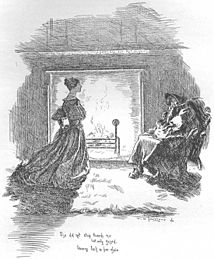
Cross-dressing is the act of wearing clothes traditionally or stereotypically associated with a different gender. From as early as pre-modern history, cross-dressing has been practiced in order to disguise, comfort, entertain, and express oneself.

Mary Read, fictionally known as Mark Read, was an actual English pirate about whom there is very little factual documentation. She and Anne Bonny were two famous female pirates from the 18th century, and among the few women known to have been convicted of piracy at the height of the "Golden Age of Piracy".
Drag is a performance of exaggerated femininity, masculinity, or other forms of gender expression, usually for entertainment purposes. Drag usually involves cross-dressing. A drag queen is someone who performs femininely and a drag king is someone who performs masculinely. Performances often involve comedy, social satire, and at times political commentary. The term may be used as a noun as in the expression in drag or as an adjective as in drag show.

Twelfth Night, or What You Will is a romantic comedy by William Shakespeare that is believed to have been written around 1601–1602 as a Twelfth Night entertainment for the close of the Christmas season. The play centres on the twins Viola and Sebastian, who are separated in a shipwreck. Viola falls in love with the Duke Orsino, who in turn is in love with Countess Olivia. Upon meeting Viola, Countess Olivia falls in love with her thinking she is a man.
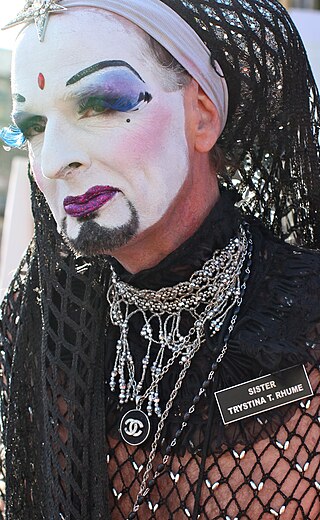
A gender bender is a person who dresses up and presents themselves in a way that defies societal expectations of their gender, especially as the opposite sex. Bending expected gender roles may also be called a genderfuck.

The Song of the Lioness is a young adult series of fantasy novels published in the 1980s by Tamora Pierce. The series consists of four books: Alanna: The First Adventure (1983), In the Hand of the Goddess (1984), The Woman Who Rides Like a Man (1986) and Lioness Rampant (1988).
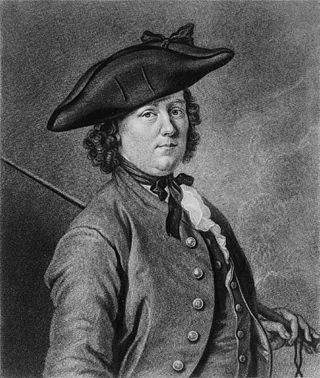
Many people have engaged in cross-dressing during wartime under various circumstances and for various motives. This has been especially true of women, whether while serving as a soldier in otherwise all-male armies, while protecting themselves or disguising their identity in dangerous circumstances, or for other purposes.

Drag in film has followed a long history of female impersonation on English stage, and made its appearance in the early days of the silent films. Charlie Chaplin and Stan Laurel brought the tradition from the English music halls when they came to America with Fred Karno's comedy troupe in 1910. Both Chaplin and Laurel occasionally dressed as women in their films. Even the beefy American actor Wallace Beery appeared in a series of silent films as a Swedish woman. The Three Stooges, especially Curly, sometimes appeared in drag in their short films. The tradition has continued for many years, usually played for laughs. Only in recent decades have there been dramatic films which included cross-dressing, possibly because of strict censorship of American films until the mid-1960s. One early exception was Alfred Hitchcock's thriller Murder!, where the murderer is a transvestite who wears particularly frilly dresses and petticoats. Cross-gender acting, on the other hand, refers to actors or actresses portraying a character of the opposite gender.

The Black Moth (1921) is a Georgian era romance novel by the British author Georgette Heyer, set around 1751. The Black Moth was Heyer's debut novel, published when Heyer was nineteen. It was a commercial success.
Petticoating or pinaforing is a type of forced feminization that involves dressing a man or boy in girls' clothing as a form of humiliation or punishment, or as a fetish. While the practice has come to be a rare, socially unacceptable form of humiliating punishment, it has risen up as both a subgenre of erotic literature or other expression of sexual fantasy.

Oscar François de Jarjayes is a fictional character created by Japanese manga artist Riyoko Ikeda. She is a major character in the 1972 manga series The Rose of Versailles, and its various adaptations and spin-offs.

The Corinthian is a regency novel by Georgette Heyer.
May Day is an early 17th-century stage play, a comedy written by George Chapman that was first published in 1611.
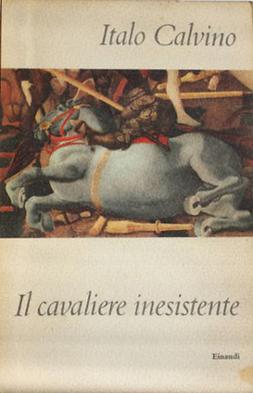
The Nonexistent Knight is an allegorical fantasy novel by Italian writer Italo Calvino, first published in Italian in 1959 and in English translation in 1962.

Cross-gender acting, also called cross-gender casting or cross-casting, refers to actors or actresses portraying a character of the opposite sex. It is distinct from both transgender and cross-dressing character roles.

Viola is the protagonist of the play Twelfth Night, written by William Shakespeare.

La Fausse Suivante, or Le Fourbe Puni is a play by French playwright Pierre de Marivaux written in 1724, and produced for the first time by the Comédie-Italienne on July 8, 1724, at the theatre of the Hôtel de Bourgogne.
This article details the history of cross-dressing, the act of wearing the clothes of the sex or gender one does not identify with.
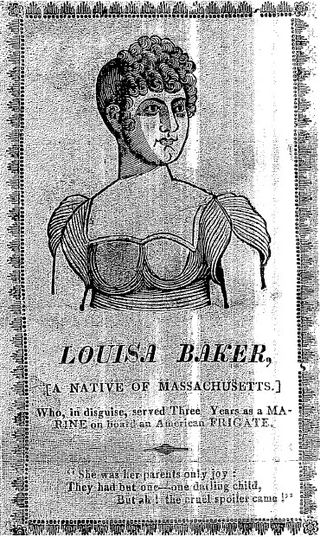
The Female Marine, or The Adventures of Lucy Brewer, was first published in 1815 as a series of pamphlets sold in Boston. The series is the supposedly autobiographical account of Lucy Brewer, although controversy has surrounded the true authorship of the story as some believe it was in fact written by Nathaniel Hill Wright.
Cross-dressing in music and opera refers to musical performers or opera singers portraying a character of the opposite gender. It is parallel to cross-dressing in film and television and draws on a long history of cross-gender acting.
